Marketing data sources
Marketing Analytics for Business

Sarah DeAtley
Principal Data Scientist
Marketing data needs
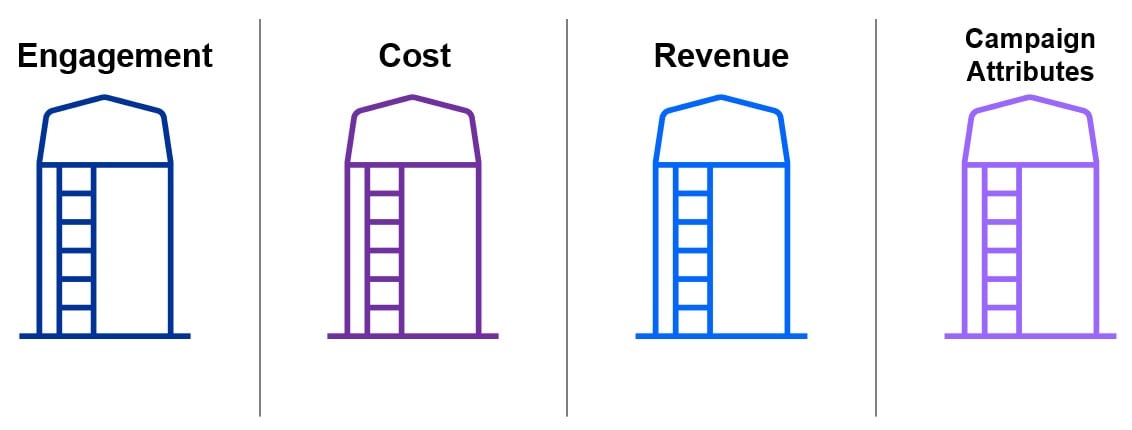
- Marketing data is dispersed across sources
- Need engagement, cost, revenue, and campaign attributes
- Revenue stored separately from engagement data
- Analysts combine across all channels
Campaign attributes
- Campaign attributes are a type of metadata
Metadata: data that describes data
- Examples:
- Campaign name
- Campaign ID
- Campaign type (e.g., one-time versus recurring)
- Campaign audience
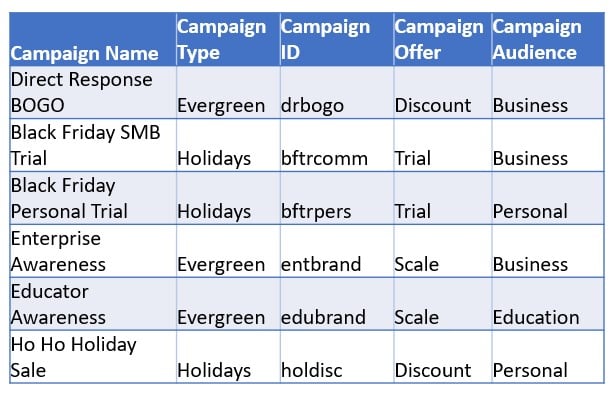
Marketing performance by data source
- Business health data is stored internally
- Product type
- Order quantity
- Revenue per order
- Customer ID
- Marketing health data is stored by advertisers
- Campaign ID
- Campaign spend
- Cost per click

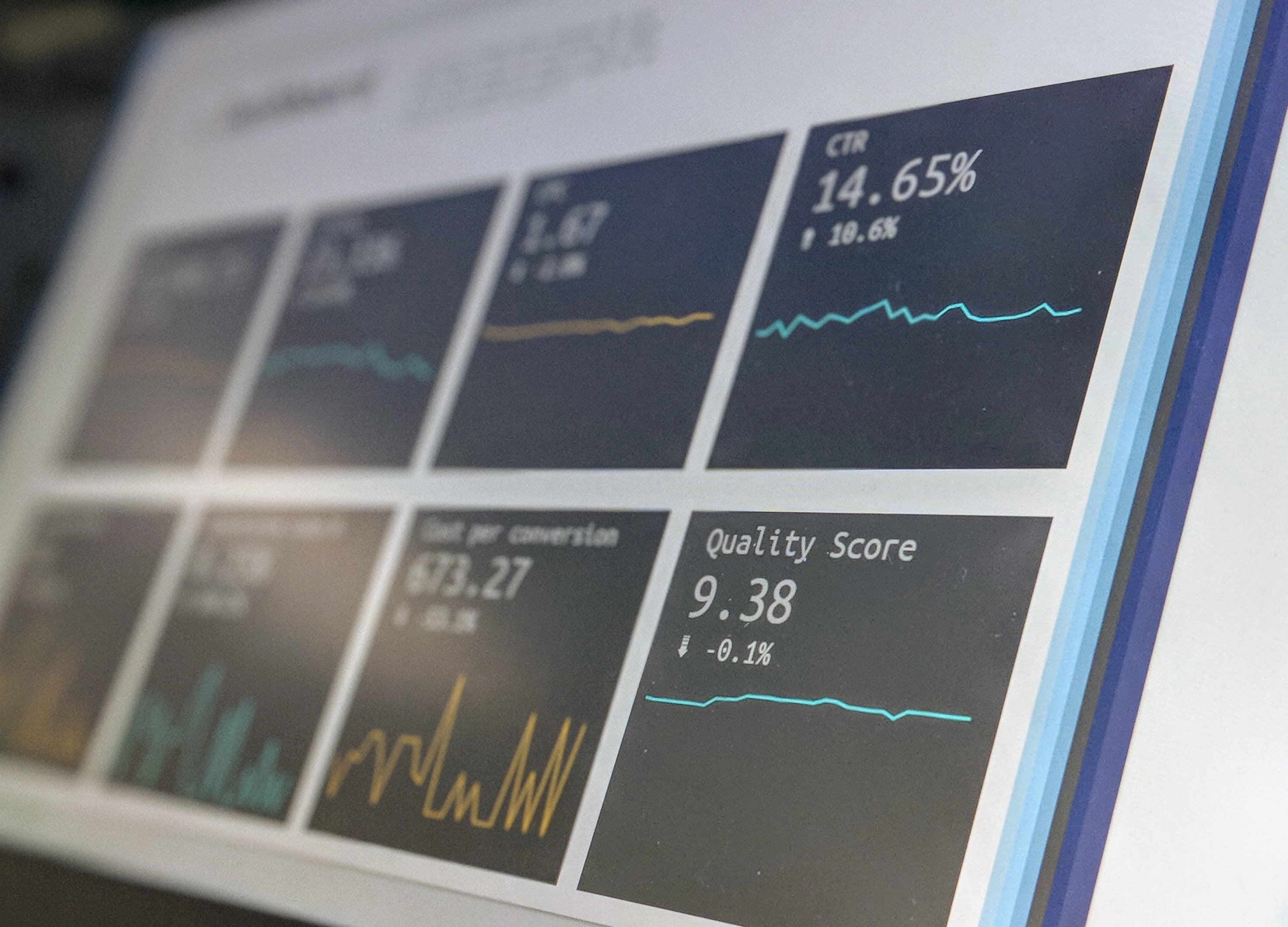
1 Adeolu Eletu on Unsplash 2 Stephen Dawson on Unsplash
Marketing channel granularity
- Offline channels (TV, radio, billboards) are the least granular
- Data is not associated with individual customers
- Aggregated at campaign and tactic level
- Online channels are the most granular
- Data ties to device and browsing behavior
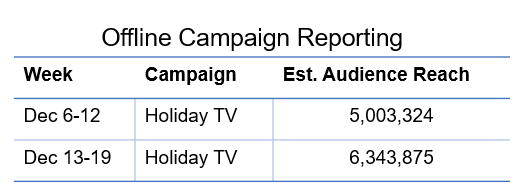
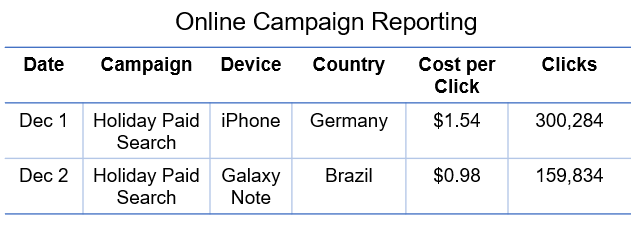
Advertising data

- Advertisers are source for cost and campaign attributes
- Co-locate media execution and reporting
- Marketers use advertiser platforms to:
- Launch campaigns
- Set spend limits
- Assign success metrics
- Enter metadata
1 Photo Mix from Pixabay
Audience targeting data
Marketers use third-party tools to align audience definitions across advertising platforms
DSP (demand side platform): media spend by target audience across advertisers
DMP (data management platform): centralized audience and campaign engagement data
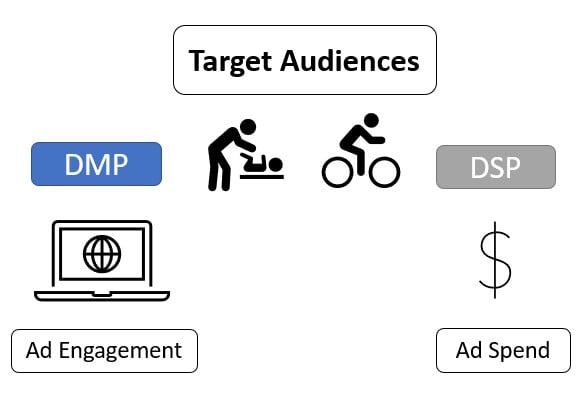
Audience targeting analysis example
DSP for target audience ID and spend
DMP to filter users and engagement by target audience ID
Internal data to see all users for your KPI
Compare internal data to DSP spend + DMP audience data

Let's review!
Marketing Analytics for Business

